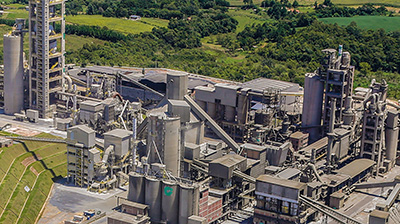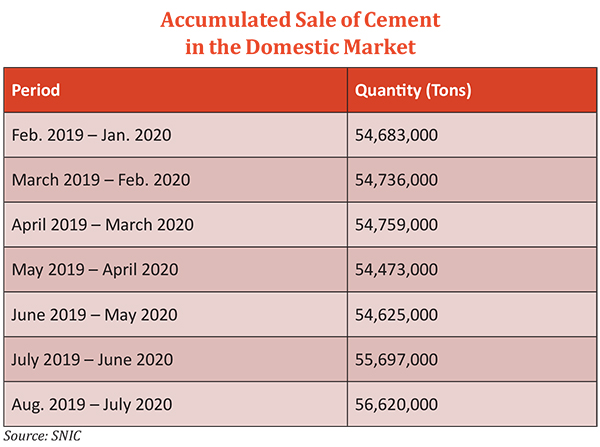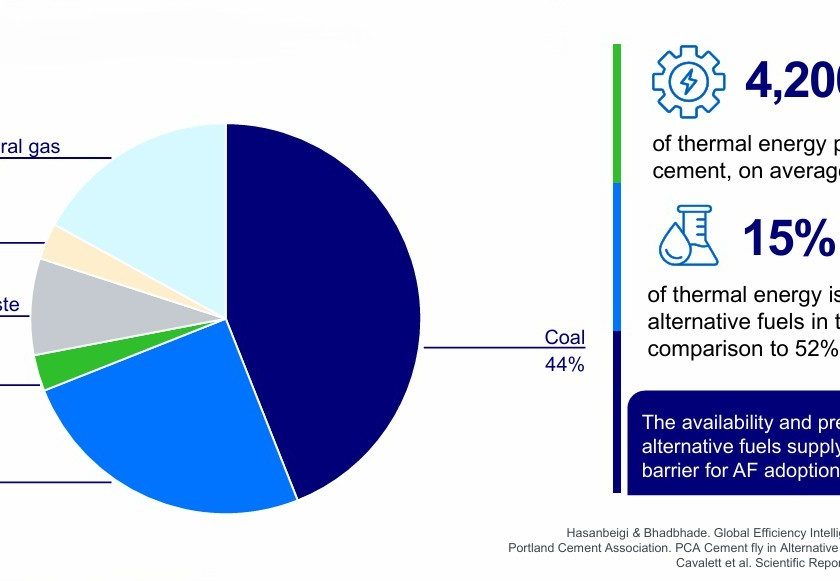Since The Beginning Of August The Government Has Been Analyzing The Possibility Of Tax Reform To Help The Construction Sector.
By Mauro Nogarin
Although Brazil is the country with the highest number of COVID-19 infections, the construction industry has remained stable in recent months. At the end of April, when the COVID cases began, the government significantly reduced its economic growth projection for 2020, from 2.1% scheduled in January, to -4.7% by the end of the year.

However, since the beginning of August the government has been analyzing the possibility of tax reform to help the construction sector in order to reduce taxes and simply the bureaucracy of obtaining construction permits. This would also allow the promotion of a series of public works to improve activities not only by the end of 2020, but by 2021.
The increase in investments in public works is another point of great importance that the government has to face in order to promote housing financing with the “Green and Yellow House” program, which foresees the construction of 100,000 homes for the next two years.
According to the latest bulletin prepared by the National Union of the Cement Industry (SNIC), the first quarter of 2020 saw a drop in demand for the product due to heavy rains in January and February and the beginning of social isolation and traffic restrictions in March. In the second quarter, the construction sector began to notice a recovery.
Although the month of April was negative, the sector gradually recovered in May and June, while in July it maintained the same positive behavior.
The residential and commercial construction sector and the continuation of works in the real estate sector, remained at a stable rate. In fact, these consumer sectors currently represent approximately 80% of the demand in the country and contributed to cement sales in the domestic market, which reached 5.9 million tons in July, registering an increase of 18.9% in relation to the same month of 2019.
In the accumulated result of the year (January to July), the figures were also positive, reaching 32.9 million tons, with an increase of 6.5% compared to the same period last year. When analyzing the sale of cement per business day in July, the curve is also growing, with an increase of 2.4% compared to June this year and 18.6% compared to the same month of 2019.
Cement consumption remained stable due to the fact that a large number of homes were transformed into a workplace, awakening at the same time the desire to promote small improvements in their homes.
At the same time, taking advantage of the situation of the pandemic, micro and small entrepreneurs also decided to carry out reforms and maintenance in their establishments in order to prepare for the resumption of activities and adapt to the new scenario after the pandemic, which in fact already began in July.
With regard to the real estate market, the resumption of construction for real estate developments is normal. According to industry surveys, only 2.9% of works remain paralyzed and 63,000 of the 70,000 workers carry out their work activities as normal.
As for the price of portland cement, according to statistics prepared by the Brazilian Chamber of the Construction Industry (CBIC), it has remained stable since 2019, with an average of $4.20 per 50 kg bag.

Mauro Nogarin is Cement Americas’ Latin American contributor. From 1997 to 2001 he was a reporter for the Italian news agency ASCA from Germany to follow the economic events of ECOFIN. At the same time, he began a strong partnership with the Italian magazine Focus with issues related to European scientific research. Back in Italy after six years of residence in the city of Heidelberg (Germany), he worked from Italy for the weekly Stern and Bild Zeitung. Since 2005, he has lived in South America (Bolivia) and worked with the Italian geopolitics review Limes, the Italian gas and oil journal Staffetta Quotidiana, the Colombian oil magazine Petroleo Internacional, the German RE Sun and Energy, the U.S. magazine Renewable Energy World (Pennwell), the World Energy Project (Università di Bologna), Pan Americana Construction magazine and Worldoil magazine. He can be reached at [email protected].



